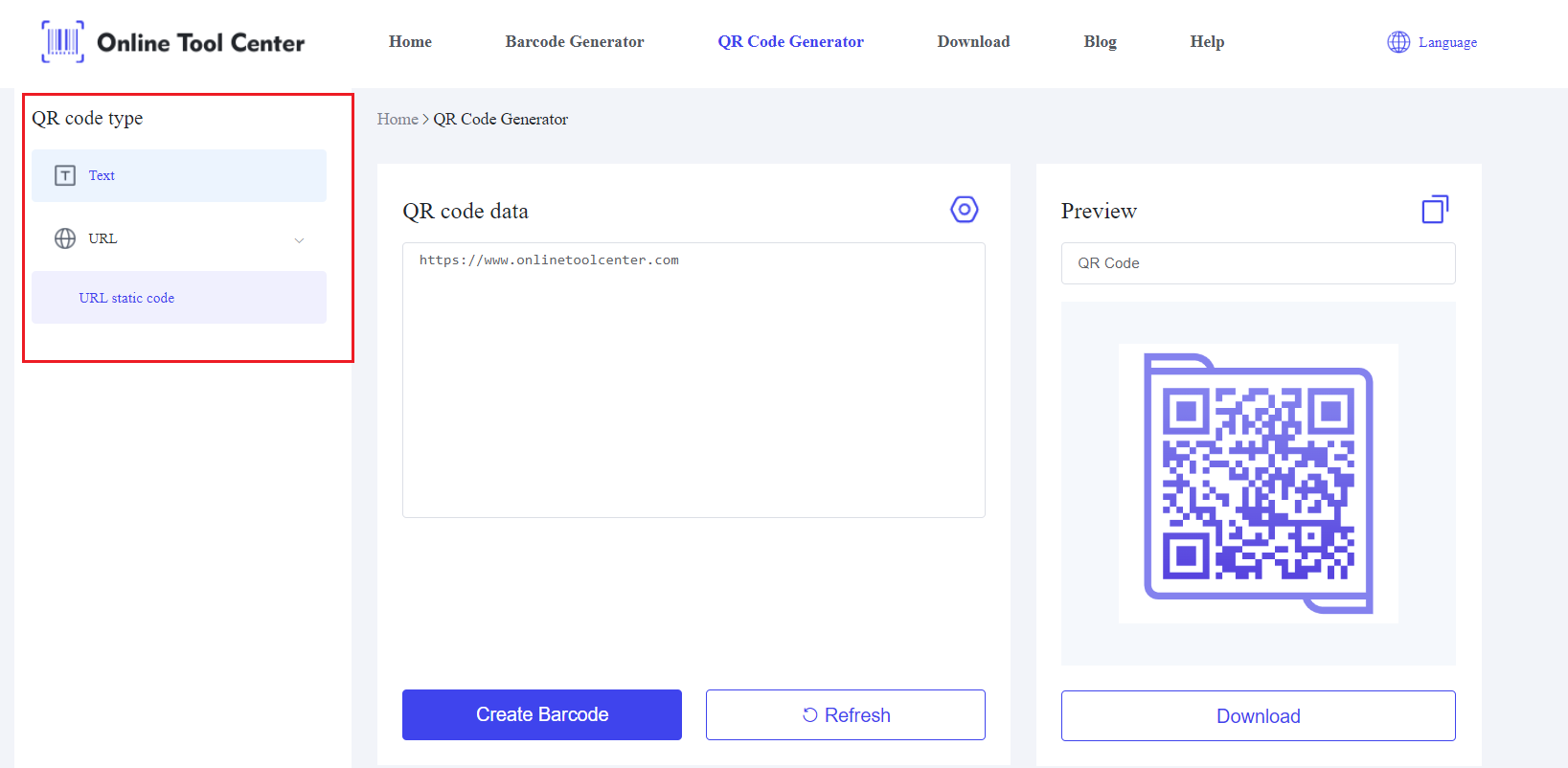QR code posters are marketing materials that integrate codes. These codes, when scanned with a smartphone or tablet, can direct users to a website, provide contact information, display promotional content, or facilitate other digital interactions.

Benefits of Using a Poster with QR Codes
1. Enhanced Engagement
QR code posters significantly increase interactivity and user engagement.
Unlike traditional posters, which only provide static information, QR code posters invite users to take action.
This interaction can lead to higher engagement rates, as users can instantly access additional content, sign up for newsletters, or participate in promotions.
For example, a retail store might use a QR code poster to offer a discount on first purchases, encouraging customers to scan and engage with their brand.
2. Trackable Metrics
Dynamic QR codes provide invaluable analytics that allows marketers to track scans, user locations, and device types. This data helps refine marketing strategies and optimize campaigns.
For instance, if a museum uses a QR code in poster for an exhibit, they can track which displays attract the most interest, helping them tailor future exhibits and marketing efforts.
3. Versatility Across Industries
QR code posters are versatile and can be utilized across various industries. In retail, they can offer product details or exclusive discounts. At events, they can facilitate easy check-ins or provide event schedules.
Museums can enhance visitor experiences by linking to audio guides or additional exhibit information. The adaptability of QR code posters makes them a valuable tool in any marketing arsenal.
How to Create a QR Code for a Poster?
First, choose a free QR code generator. Decide on the type of QR code that best suits your needs, whether a URL, text, social media link, or something else.

Enter the necessary information carefully, ensuring accuracy to avoid any issues with functionality.
Customize the QR code to match your brand's style by adjusting colors, adding logos, or incorporating frames, which helps maintain a professional and cohesive look.
Once customized, download the QR code in a high-resolution format suitable for printing on posters.
Following these steps, you can create effective QR code posters that enhance user engagement and provide valuable insights.
Best Practices for QR Code Poster Design
1. Clear Instructions
Always include a brief explanation of how to scan the QR code. While many people are familiar with QR codes, providing instructions can help those who are not as tech-savvy.
2. Strategic Placement
Place the QR code where it's easily visible and accessible. Avoid placing it too high or too low on the poster. For example, placing it at eye level ensures it's easy for people to scan without straining.
3. Testing and Validation
Before mass production, test the QR code to ensure it works correctly. Use various devices to scan the code and verify that it directs to the intended destination.
12 Creative Case Studies of QR Codes in Posters
1. Retail Store Promotions: A clothing store used QR code posters to offer a discount on new arrivals. Customers scanned the code to receive a unique discount code, boosting sales and customer engagement.
2. Event Check-Ins: An event planner utilized QR code posters at the entrance of a conference, allowing attendees to check in quickly and efficiently by scanning the code.
3. Museum Exhibits: A museum integrated QR codes into their exhibit posters, providing visitors with access to additional information and audio guides.
4. Restaurant Menus: Restaurants placed QR codes on their table posters, linking to their digital menus. This reduced the need for physical menus and provided an up-to-date dining experience.
5. Real Estate Listings: Real estate agents included QR codes on property posters, directing potential buyers to virtual tours and detailed property information.
6. Fitness Classes: A gym used QR code posters to allow members to book classes and access workout routines directly from their phones.
7. Art Galleries: Art galleries implemented QR codes to provide detailed information about the artwork and artists, enhancing the visitor experience.
8. Travel Agencies: Travel agencies use QR codes on their promotional posters to offer virtual tours of travel destinations.
9. Libraries: Libraries included QR codes on posters to link to their online catalog, making it easy for patrons to find and reserve books.
10. Healthcare Campaigns: Healthcare providers used QR code posters to share information about health services and schedule appointments.
11. Education: Schools and universities utilized QR codes on posters to provide students with access to schedules, event details, and academic resources.
12. Music Festivals: Music festivals incorporated QR codes into their promotional materials, allowing attendees to download event apps and access schedules.
FAQs About QR Code Posters
1. Where is the Best Place to Put a QR Code on a Poster?
The best place to put a QR code on a poster is where it is easily visible and accessible to the intended audience.
Typically, the center or bottom of the poster at eye level works well. Avoid placing it in corners or areas with excessive text or images.
2. What Information Can Be Embedded in a QR Code Poster?
QR codes can embed various types of information, including URLs, contact details, promotional links, event information, and more.
This flexibility allows businesses to tailor the QR code’s content to meet their specific marketing goals.
To conclude, QR code posters offer a dynamic and interactive way to enhance marketing efforts. They provide numerous benefits, from increased engagement to valuable analytics, and can be adapted for use across various industries.
By following best practices in QR code creation and poster design, businesses can effectively leverage this technology to connect with their audience in meaningful ways.
Start integrating QR code posters into your marketing campaigns today with our free QR code generator and experience the benefits firsthand.




